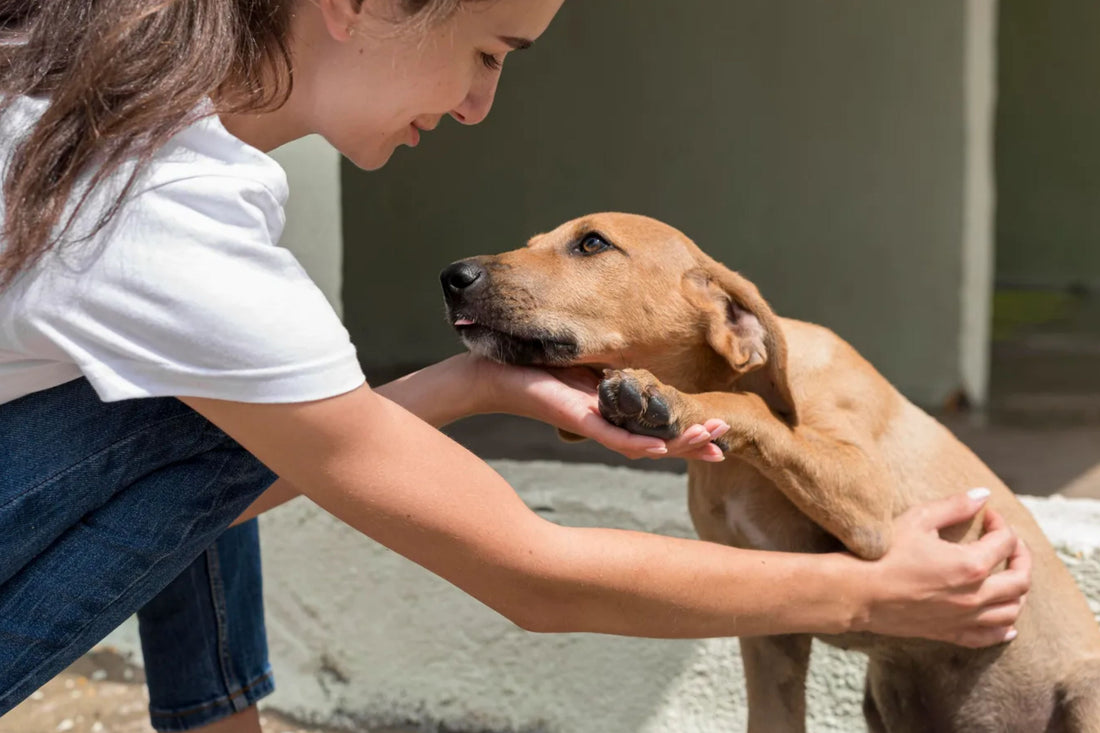
Teaching Pets to Respect Household Boundaries
Share
As much as we love our furry companions, there are times when we need to establish clear boundaries to maintain a peaceful and well-organized home. Whether it's keeping pets off the couch, out of the kitchen, or away from certain rooms, training your pet to respect household boundaries is key to a harmonious living environment — for both humans and animals!
In this blog post, we’ll explore effective, humane strategies to teach your pets where they can (and can’t) go — while keeping love, patience, and consistency at the core. ❤️
🧠 Why Boundaries Are Important for Pets
Just like children, pets thrive on structure and routine. Establishing boundaries helps:
- Prevent destructive behavior 🛋️🚫
- Protect them from dangerous areas (like kitchens or garages) 🔥⚠️
- Improve obedience and discipline 📏
- Create a calmer, more respectful relationship 🧘🐾
🐕 8 Tips to Teach Your Pet Household Boundaries
1. Be Consistent from Day One 📅
If you don’t want your dog on the bed or your cat on the counter, set that rule immediately. Allowing it “just once” sends mixed signals.
2. Use Clear Verbal Commands 🗣️
Choose simple words like “Off,” “No,” or “Leave it” — and use the same command every time. Tone matters more than volume.
Bonus: Reward good behavior right after they obey.
3. Create Physical Barriers 🚧
Use pet gates, closed doors, or baby gates to block off-limits areas. It reinforces boundaries visually and physically.
4. Designate 'Pet-Friendly Zones' 🛏️
Give your pet a cozy space they can enjoy — like a comfy bed, a mat, or a play area. Make it inviting with treats, toys, or blankets.
5. Reward Good Behavior Immediately 🎉
Positive reinforcement is key. Offer praise, treats, or a favorite toy as soon as your pet respects a boundary.
Avoid punishment — it creates fear and confusion.
6. Use Scent Deterrents (Safely) 🌿
Many pets dislike citrus, vinegar, or certain essential oils. Use these safely in off-limit areas to discourage entry.
Important: Always check that substances are non-toxic to animals.
7. Train Regularly, Not Just Once 🔁
Repetition builds habits. Even after your pet “gets it,” continue to reinforce boundaries weekly — especially in new environments or during changes.
8. Be Patient and Understanding 🐾❤️
Learning takes time, especially for rescued pets or younger animals. Celebrate small wins, and never resort to yelling or physical discipline.
🧩 Common Scenarios & Solutions
Q: My dog jumps on guests.
➡️ Teach a "Place" command with a mat or bed, reward calm behavior.
Q: My cat keeps jumping on the kitchen counter.
➡️ Use aluminum foil or double-sided tape on surfaces + reward floor play.
Q: My puppy chews everything.
➡️ Redirect with chew toys, and block access to off-limit rooms.
🐾 Final Thoughts
Your pet doesn’t know the rules — until you teach them. Setting boundaries is not about being strict; it's about creating a safe, respectful space where both you and your pet can thrive. 💞
With patience, positive reinforcement, and consistency, you’ll build a well-behaved best friend who knows their place — in your heart and your home. 🐕🏡🐈
![Pawtner [ Good Love Pawtner ]](http://goodlovepawtner.com/cdn/shop/files/logo-04.jpg?v=1747071199&width=600)
